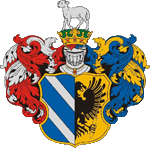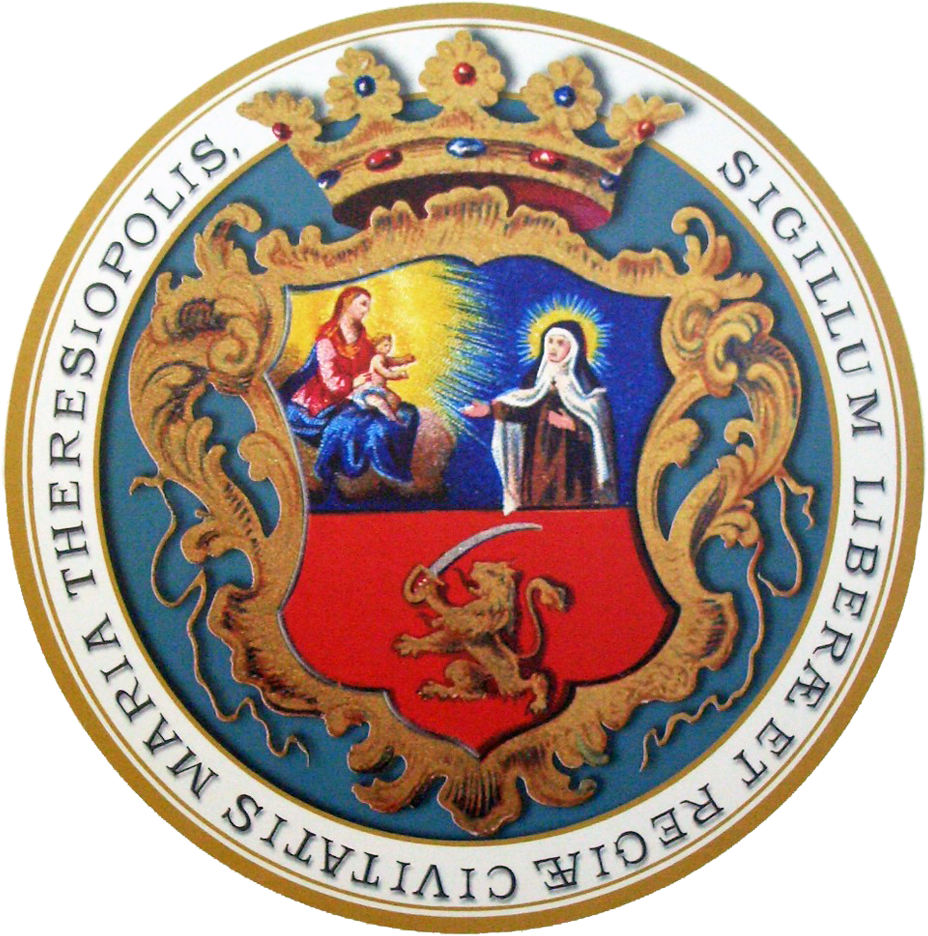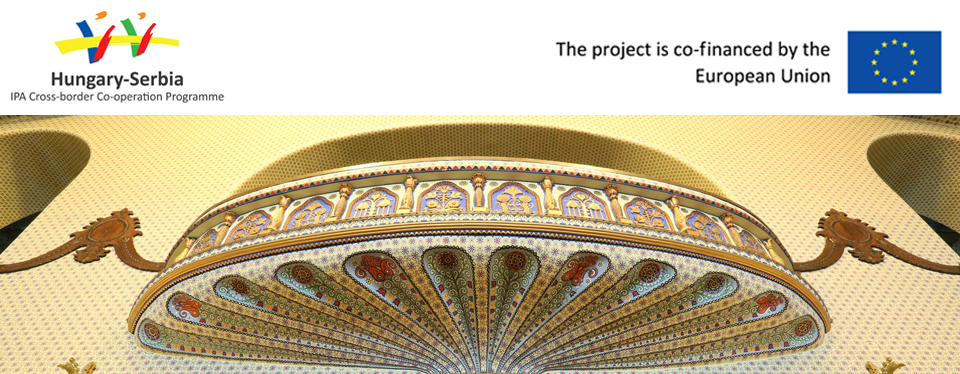Owing to its geographical situation, the settlement is the intersection of trading routes between Asia and Europe. The written documents first mentioned Subotica in 1391. The city whose population fell during the Ottoman rule was repopulated by the Habsburgs. In 1779, Maria Theresa granted it with the rank of a free royal city, which greatly contributed to Subotica’s advancement. The city’s dynamic development around the time of the Compromise of 1867 is well reflected by the fact that it was connected to the world by railway traffic, and already in 1897, trams frequented between Subotica and Palić (Spa), which regarding public administration still belongs to Subotica and became a favoured leisure destination of the developing upper and middle class. Subotica had never seen such a large scale advancement before as in those good old days. That was the time when the city gained its Art Nouveau, typically Central-European character.
Hungary-Serbia IPA Cross-border Co-operation Programme >> http://www.hu-srb-ipa.com





